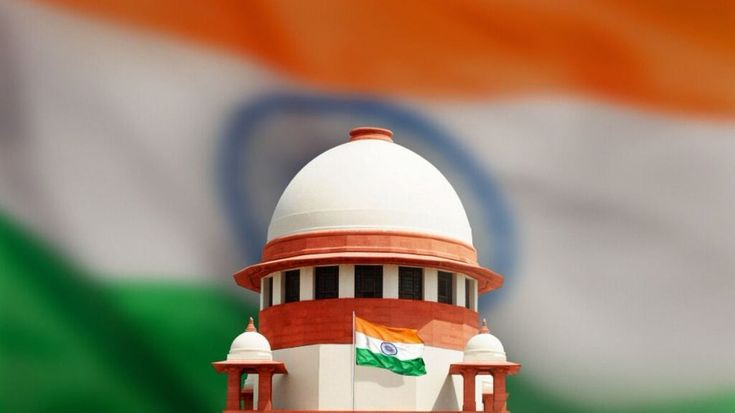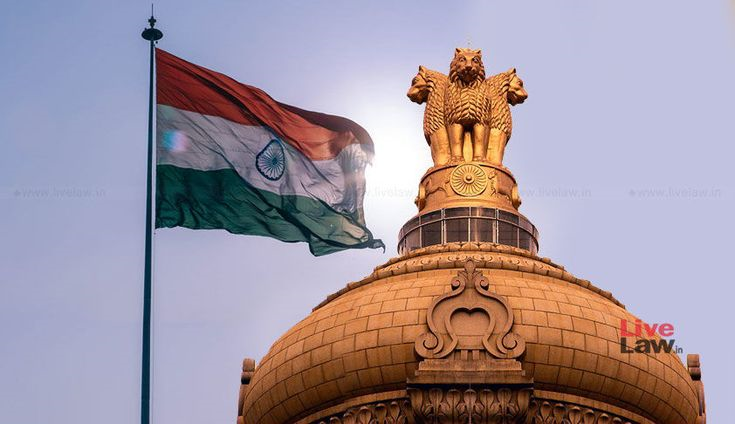Constitutional Foundation and Significance
The independence of the judiciary is a cornerstone of a democratic state governed by the rule of law. In India, the Constitution establishes a separation of powers among the legislature, executive, and judiciary to ensure that the judiciary functions independently without undue influence from the other organs of the state. The framers of the Constitution recognized that an impartial and independent judiciary is essential to uphold fundamental rights, interpret laws, and protect constitutional governance.
Articles 124 to 147 of the Constitution provide for the establishment of the Supreme Court, while Articles 214 to 231 deal with the High Courts. Article 50, under the Directive Principles of State Policy, specifically directs the state to separate the judiciary from the executive to maintain judicial independence. This ensures that judges can decide cases impartially without fear, favor, or bias. The independence of judiciary not only strengthens democracy but also safeguards the Constitution from arbitrary actions by the legislature or executive.
Structural Independence of Judiciary
Structural independence refers to the institutional arrangements and constitutional provisions that ensure the judiciary operates without interference. The Supreme Court and High Courts enjoy security of tenure, a key aspect that protects judges from arbitrary removal. Supreme Court judges can only be removed through impeachment under Article 124(4), which requires a motion in Parliament passed by two-thirds majority of both Houses on grounds of proven misbehavior or incapacity. High Court judges can similarly be removed under Article 217.
Financial independence is another aspect of structural independence. Judges’ salaries, allowances, and pensions are charged on the Consolidated Fund of India or the respective State, as per Articles 125 and 222. This ensures that the executive cannot manipulate the judiciary through financial dependence. Moreover, appointments of judges are made through a transparent process involving the Collegium System, which is guided by seniority and merit, minimizing executive interference. These structural safeguards help maintain the credibility and impartiality of the judicial system.
Functional Independence of Judiciary
Functional independence refers to the freedom of judges to perform their judicial duties without external pressure. The Indian judiciary exercises functional independence in several ways. Firstly, judges have full control over their judicial decisions, and their rulings are protected under Article 212, which restricts courts from being liable for acts done in the course of judicial proceedings. Secondly, the judiciary controls case assignments, benches, and judicial procedures, ensuring autonomy in decision-making.
The Supreme Court and High Courts also enjoy administrative independence. While the executive is responsible for providing infrastructure, appointments of staff and day-to-day administration are largely managed internally by the courts. Judicial independence is further maintained through provisions against arbitrary transfers of judges, allowing High Court judges to be transferred only with their consent after consultation with the Chief Justice of India, as per Article 222.
Judicial Review as a Safeguard
An essential aspect of judicial independence is the power of judicial review, enshrined in Article 13, and expanded through Articles 32, 226, and 227. Judicial review enables courts to strike down any law or executive action that violates the Constitution. This power reinforces independence by giving the judiciary authority to act as a check on legislative and executive overreach.
Cases such as Kesavananda Bharati v. State of Kerala (1973), where the Supreme Court propounded the Basic Structure Doctrine, highlight the judiciary’s role in protecting constitutional supremacy. Similarly, in S.R. Bommai v. Union of India (1994), the Court struck down the misuse of Article 356, demonstrating that judicial intervention is a vital tool for safeguarding democracy and maintaining judicial independence.
Security of Tenure and Conditions of Service
The Constitution ensures that judicial independence is not undermined by fear of removal or arbitrary reduction in privileges. Supreme Court judges retire at 65 years of age, while High Court judges retire at 62, guaranteeing security of tenure. Moreover, salaries, allowances, and pensions cannot be reduced during the term of office, ensuring financial autonomy.
Judicial officers also enjoy immunity from civil and criminal liability for acts done in the course of their judicial duties, as per common law principles and Article 212. This prevents intimidation or harassment, allowing judges to exercise their functions without external pressures.
Collegium System and Appointment Process
Judicial independence is reinforced through the Collegium System, introduced via Supreme Court judgments such as Supreme Court Advocates-on-Record Association v. Union of India (1993, 2015). Under this system, the Chief Justice of India, along with the four senior-most judges of the Supreme Court, recommend appointments and transfers of judges in the higher judiciary.
The system aims to reduce political interference in appointments, ensuring that merit, seniority, and integrity guide judicial appointments. While the National Judicial Appointments Commission (NJAC) Act was briefly attempted, the Supreme Court struck it down in 2015, reiterating that judicial independence must remain insulated from legislative or executive influence.
Challenges to Judicial Independence
Despite these constitutional safeguards, the judiciary in India faces challenges. Delays in appointments, backlog of cases, and occasional executive interference threaten functional independence. The process of transfers, though guided by the Collegium, has sometimes been criticized for lacking transparency. Additionally, media scrutiny and public opinion may indirectly influence judicial functioning.
However, the Supreme Court has consistently reinforced mechanisms to maintain independence. Regular judgments protecting tenure, salary, and autonomy, along with rules on transparency and administrative control, ensure that the judiciary remains an independent pillar of democracy.
Real-Time Example
A landmark instance demonstrating judicial independence is the protection of the judiciary against arbitrary executive action. In the case of Supreme Court Advocates-on-Record Association v. Union of India (2015), the Supreme Court struck down the NJAC Act, which sought to include executive members in judicial appointments. The Court held that such interference would compromise judicial independence, emphasizing that only the judiciary should have the final say in appointments to maintain impartiality and integrity. Another example is the Supreme Court’s intervention in states under Article 356, where it has checked misuse of presidential power, reaffirming its role as a constitutional guardian.
Mnemonic to Remember the Independence of Judiciary
Use the mnemonic “JUDICIAL SAFE” to recall key aspects:
J – Judicial review powers (Articles 32, 226, 227)
U – Unbiased and impartial functioning
D – Directive Principles (Article 50) for separation of judiciary and executive
I – Immunity from civil/criminal liability (Article 212)
C – Collegium System for appointments
I – Independence of tenure (Articles 124, 217)
A – Administrative autonomy
L – Legal safeguards under Articles 310 and 311
S – Security of salaries and allowances
A – Accountability balanced with autonomy
F – Functional freedom in case management
E – Efficiency and integrity maintained
About lawgnan
To understand how the independence of the judiciary preserves democracy, protects constitutional values, and ensures justice for all, explore expert insights, landmark cases, and legal interpretations on Lawgana.in. Learn how Articles 124–147 and key judgments strengthen judicial autonomy and the rule of law. Gain in-depth knowledge about the Collegium System, separation of powers, and judicial review—core principles that uphold India’s democratic framework. Join Lawgana.in to stay informed about evolving legal standards that safeguard the judiciary’s impartiality and accountability in our constitutional democracy.




